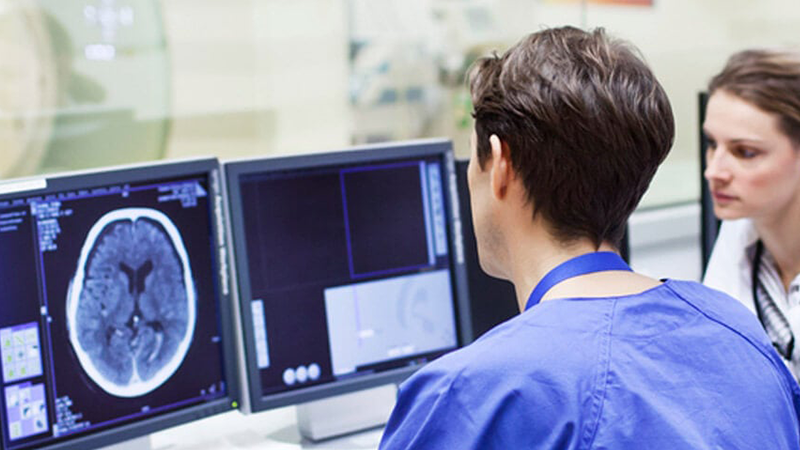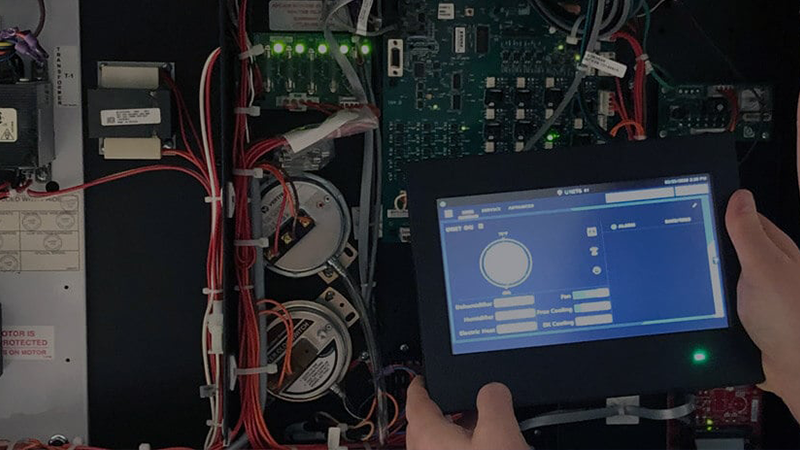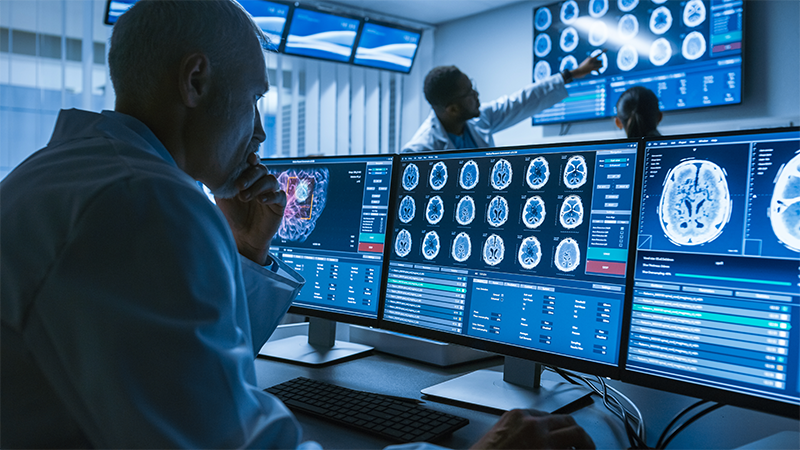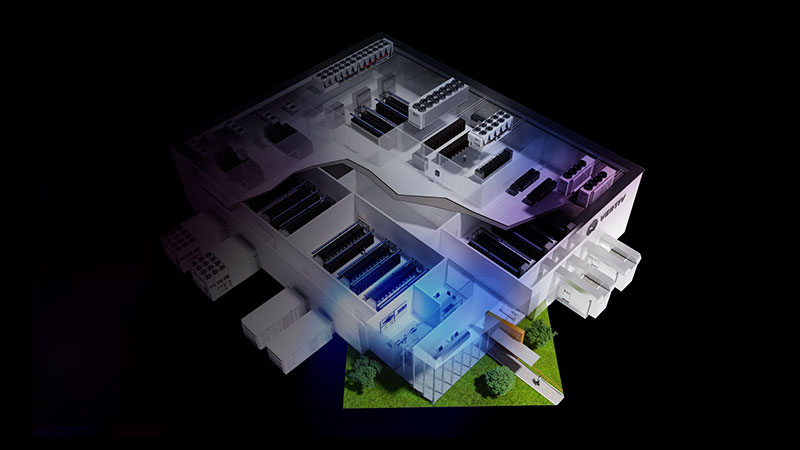More than ever before, modern healthcare systems need reliable, intelligent technologies to connect decentralized care teams, ensure patient privacy, and optimize outcomes.

Availability
From imaging and diagnostics to managing insurance claims, uptime is non-negotiable in modern healthcare.
Simplicity/Speed
Stable, secure networks bring focus to decentralized healthcare systems, increase collaboration between physicians, and streamline patient care plans.
Transformation
AI is accelerating innovation in diagnostics, pharmaceuticals, and treatment, streamlining workflow and enhancing the patient experience.
The Vertiv advantage
Vertiv engineers digital infrastructure to meet the needs of healthcare providers, ensuring critical systems meet evolving challenges and an AI-driven future to deliver for you, your physicians and your patients.

in 3-phase large UPS and power switching & distribution1

in thermal management2

with more than 60 years of proven experience, serving industry leaders around the world
1. Omdia UPS Hardware Market Tracker 2024, >250kva
2. Dell’Oro Data Center Physical Infrastructure reporting 2024
Find your healthcare solution
Reliable, flexible power delivery
Vertiv™ EnergyCore Grid reduces grid dependence and delivers reliable power when downtime isn’t an option
Simplified AI infrastructure
Simplify your AI deployment and support the full spectrum of AI workloads with integrated, pre-engineered solutions
Empowering every corner of your health system
Vertiv™ SmartRow™ 2 is a complete edge data center, pre-engineered to be deployed quickly and meet all the needs of remote physicians’ offices and laboratories

Infrastructure imperatives for healthcare's AI transformation
Download this e-book to learn key considerations for healthcare organizations to align AI to IT infrastructure investments and business strategies.
Dig deeper
Need help selecting a healthcare solution?
Please fill out the form and we will get back to you as soon as possible.








